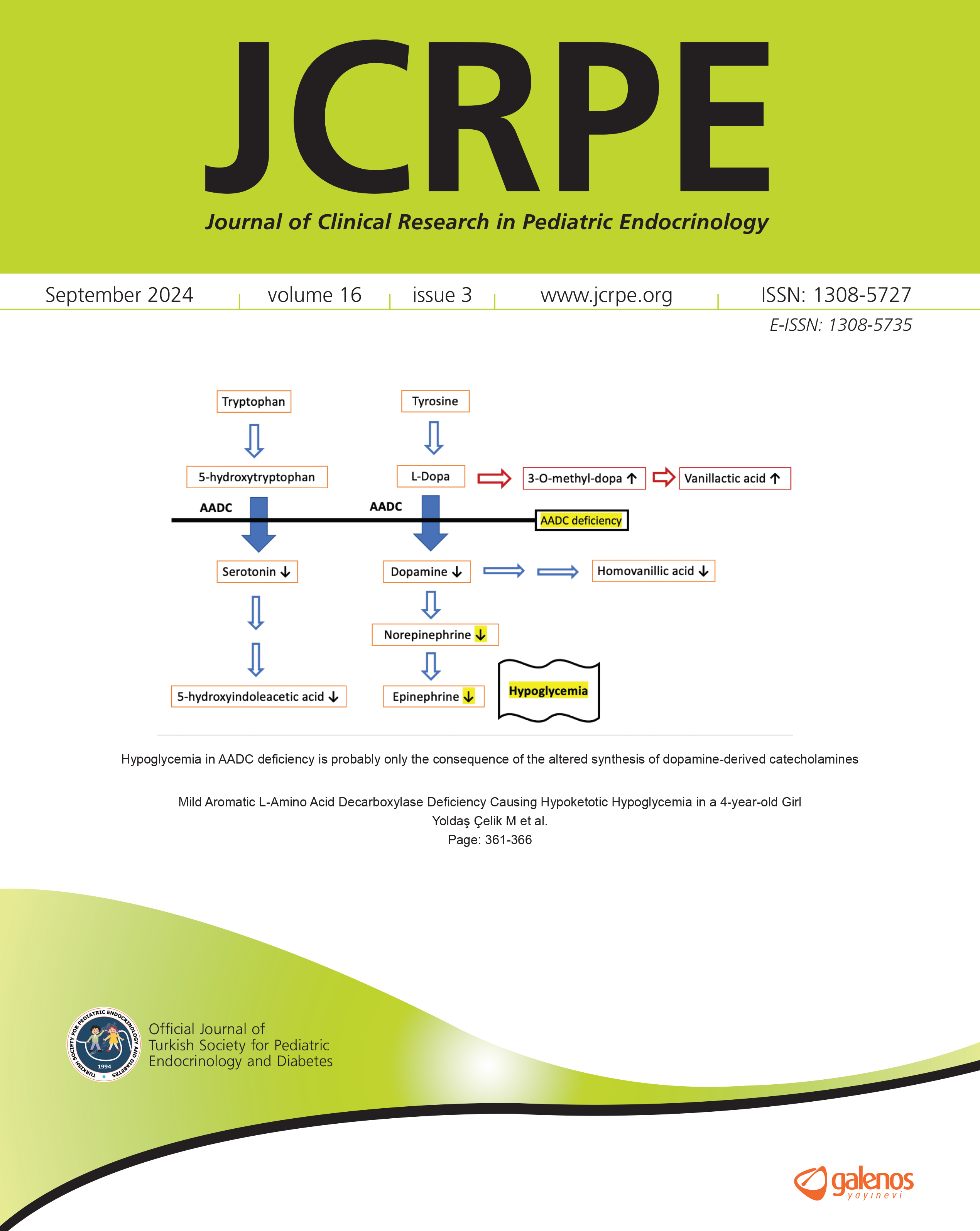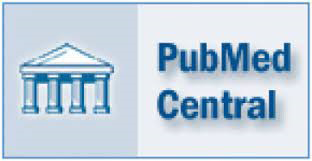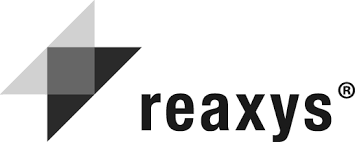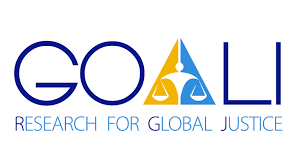Germ Cell Dysfunction is Universal in Male Patients with β-Thalassemia Following Hematopoietic Stem Cell Transplantation During Childhood and Adolescence
Nuttha Piriyapokin, Pat Mahachoklertwattana, Preamrudee Poomthavorn, Usanarat Anurathapan, Wararat ChiangjongDepartment of Pediatrics, Faculty of Medicine Ramathibodi Hospital, Mahidol University, Bangkok, ThailandINTRODUCTION: To assess gonadal function in adolescent male patients with β-thalassemia who underwent successful hematopoietic stem cell transplantation (HSCT) during childhood or adolescence.
METHODS: Fifty-two male patients with β-thalassemia, aged ≥10 years, who had undergone HSCT ≥2 years were included. Clinical data, such as age, genital Tanner (GT) stage at HSCT and enrollment, serum ferritin levels, and cumulative doses of alkylating agents, were collected. Gonadal function was evaluated through measurements of serum luteinizing hormone (LH), follicle-stimulating hormone (FSH), testosterone, inhibin B levels, and semen analysis.
RESULTS: Age at enrollment and HSCT were 17 (10-31) and 9 (1-19) years, respectively. The duration from HSCT to enrollment was 7.5 (2-20) years. Of 52 patients, 46 (88%) exhibited Sertoli cell dysfunction. Thirty-one patients had relatively small testes for their GT stage, 34 of 44 with GT V had elevated FSH of ≥5 IU/L, and 20 of 49 with GT stages II-V had low serum inhibin B levels. None of the patients with GT stage V showed Leydig cell dysfunction or gonadotropin deficiency. Serum FSH ≥8 IU/L showed the best diagnostic accuracy for detecting oligo- and azoospermia. All 39 patients who underwent semen analysis had >1 abnormal parameters. Having relatively small testes for GT stage and serum FSH ≥8 IU/L were associated with oligo- and azoospermia (p <0.01).
DISCUSSION AND CONCLUSION: Male patients with β-thalassemia after HSCT experienced universal spermatogenesis impairment and frequent Sertoli cell dysfunction but their Leydig cell function appears to be preserved. The high likelihood of future subfertility should be informed before HSCT.
Manuscript Language: English



























